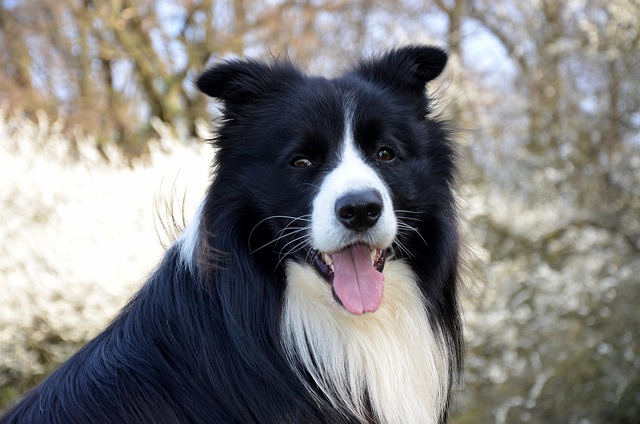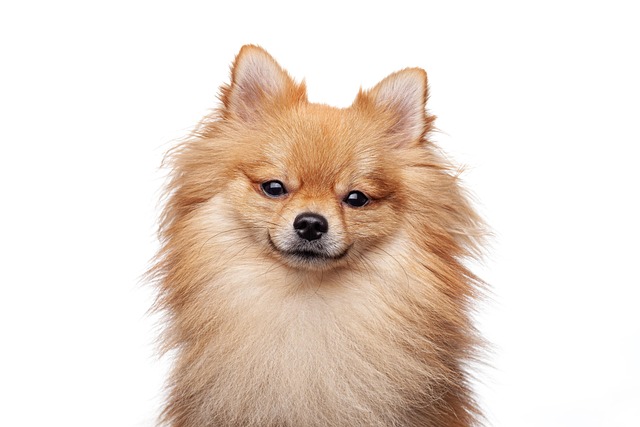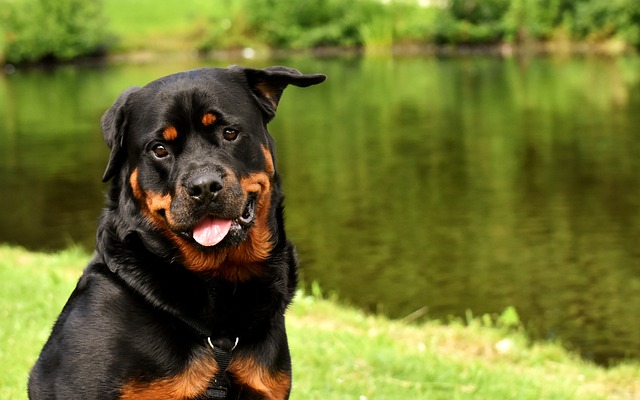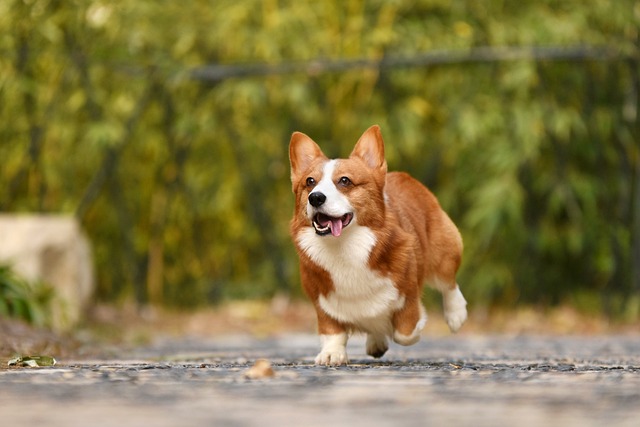
How to Teach a Border Collie to Use a Designated Spot for Toilet?
Border Collies thrive on routine, so start by picking a consistent spot—maybe near your backyard patio or a patch of grass that’s easy to access.
If you’re navigating the landshark phase with your new puppy, you’re likely wondering when those needle-like teeth will stop finding your ankles and furniture. The short answer is that puppies typically learn bite inhibition—the ability to control the force of their mouth—from their littermates and mother between 8 and 10 weeks, but mastering a soft mouth or stopping entirely is a process that continues with you, often until they are 6-7 months old. This isn't a switch that flips overnight; it's a crucial developmental lesson in canine communication that requires consistent human guidance to complete.
The science behind this behavior is rooted in natural development. Puppies explore the world with their mouths, much like human babies do. During play with siblings, a loud yelp and an end to the game teaches a pup that biting too hard has immediate social consequences. This is a fundamental lesson in bite inhibition. When you bring your puppy home, your job is to continue this education using the same positive reinforcement principles that are the gold standard in the U.S. and Europe. This means never using physical punishment, like hitting or alpha rolls, which is not only culturally unacceptable and potentially illegal under animal cruelty statutes, but also destroys your puppy's trust and can lead to fear-based aggression later on.

So, how do you become a littermate? The most effective technique is to mimic natural feedback. When your puppy bites, let out a sharp, high-pitched "Ouch!" and immediately stop all play by turning away or leaving the room for 30 seconds. This teaches that play equals a soft mouth, and biting ends the fun. Always redirect them to an appropriate chew toy, praising them enthusiastically when they sink their teeth into it instead of your hand. Consistency from every family member is key. In a busy household or an apartment, this also means managing their environment with puppy-proofing and using baby gates to prevent rehearsing bad habits like chewing the sofa leg when you're not actively supervising.
This training seamlessly integrates with your civic duties as a dog owner. While your puppy is learning, their vaccination schedule is paramount. Until they are fully vaccinated (as mandated by local laws), avoid public dog parks or high-traffic areas where parvovirus risk exists. Instead, practice leash skills and polite greetings in your own yard or quiet areas. As they graduate to public sidewalks, carrying poop bags isn't just a suggestion—it's a legal requirement in virtually every American and European municipality. Cleaning up promptly is a non-negotiable part of community respect, ensuring shared spaces remain clean and welcoming for everyone. Teaching your puppy to stop biting is more than saving your slippers; it's about raising a well-mannered, safe canine citizen.

Border Collies thrive on routine, so start by picking a consistent spot—maybe near your backyard patio or a patch of grass that’s easy to access.

Pomeranians, with their fluffy coats and spunky personalities, are a popular pick for many dog lovers, but their small size can make housebreaking feel tricky at first.

Many new dog owners quickly learn that potty training success varies wildly by breed, and some pups pose unique challenges.

If you live in a high-rise apartment or a home without immediate yard access, training pads can feel like a lifesaver during the potty training phase.

Welcoming a Pitbull puppy into your home brings immense joy, but also a big responsibility—especially when those sharp little teeth start testing your skin.

It’s a classic new-puppy scene: one minute you’re gently stroking their soft fur, the next, you’re yelping as those needle-like teeth latch onto your hand.